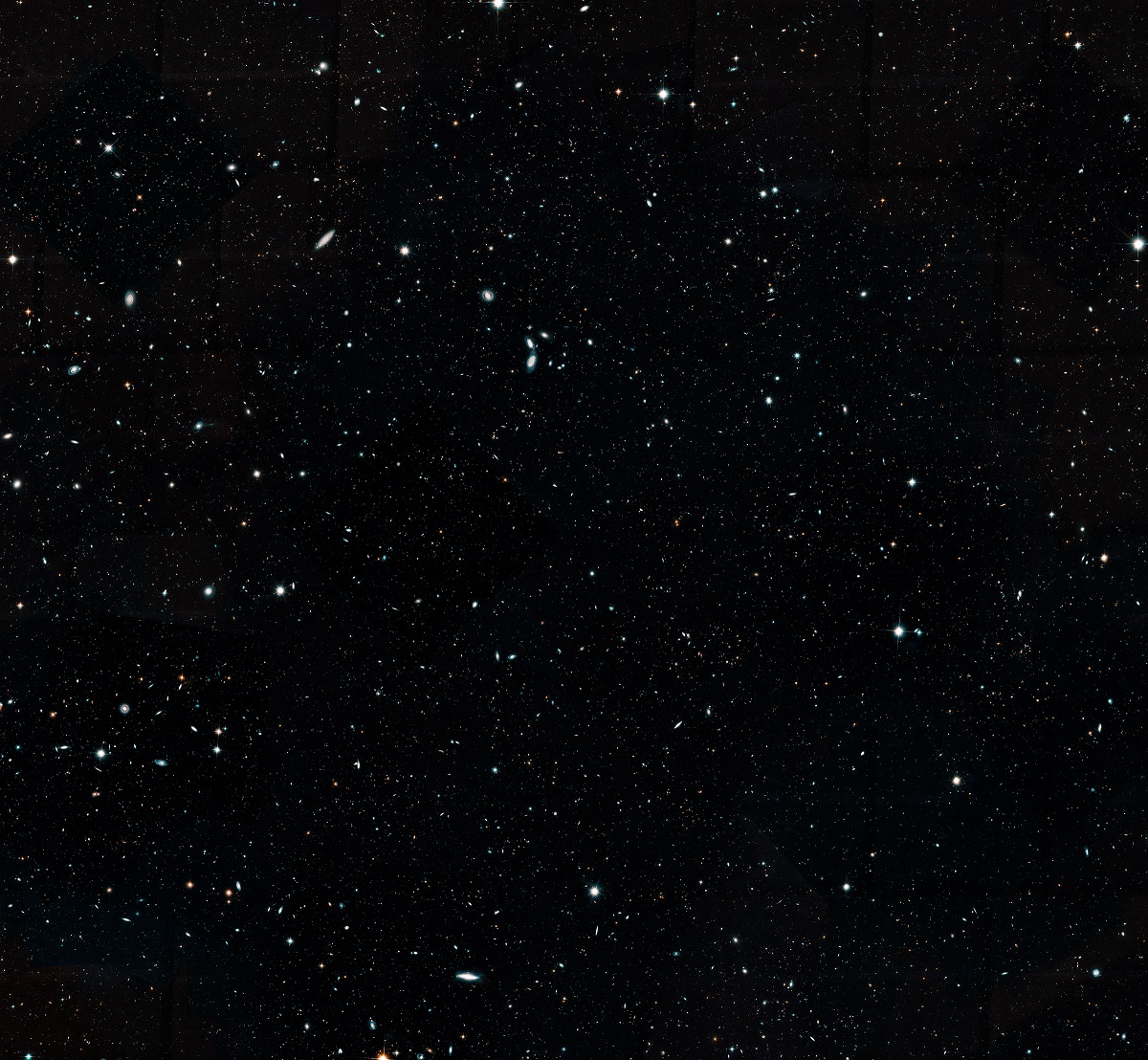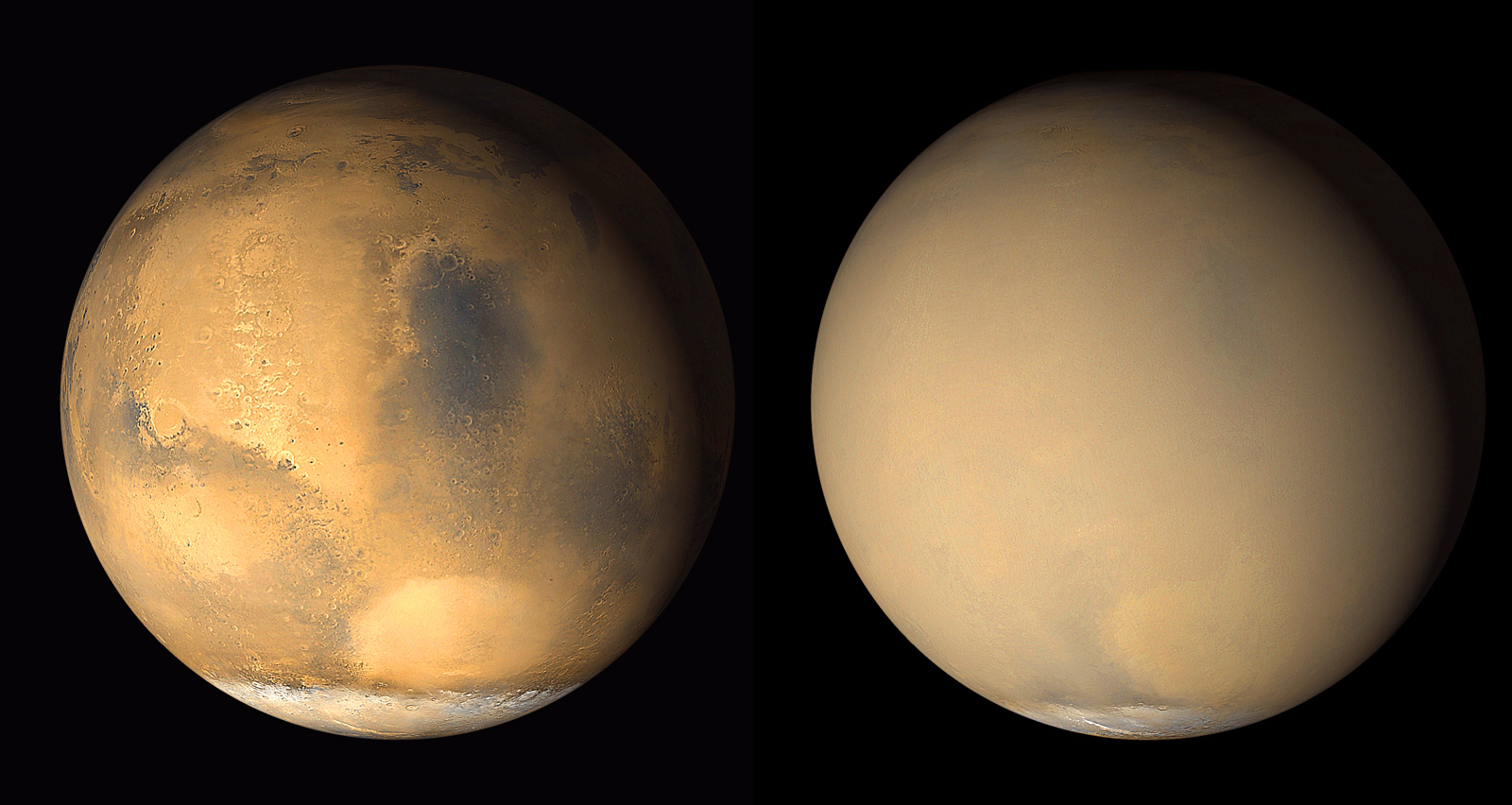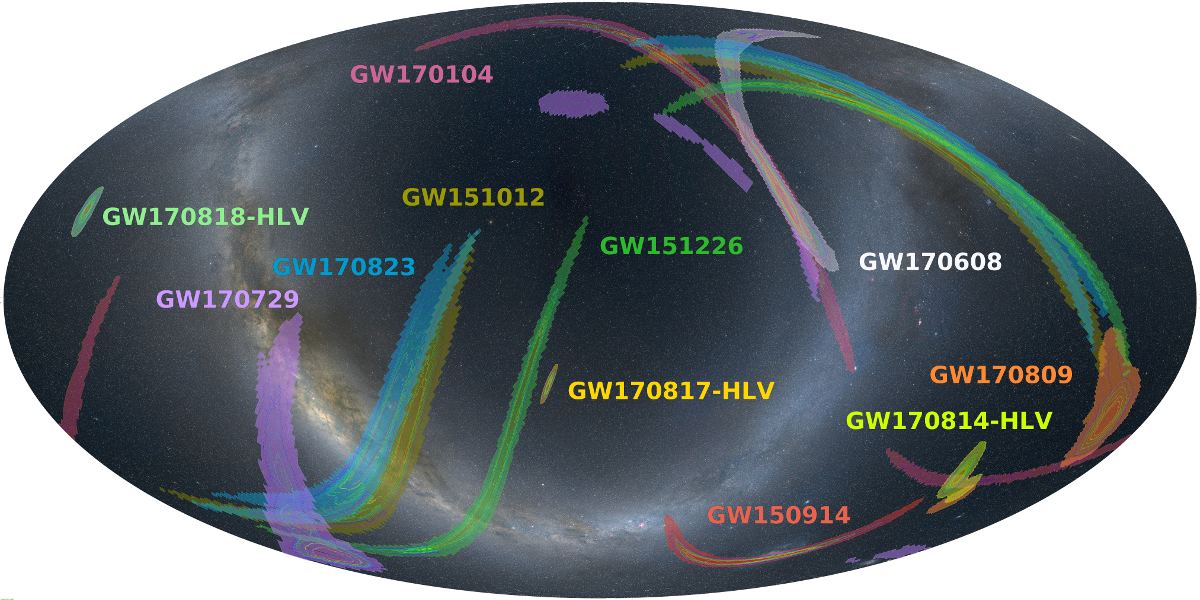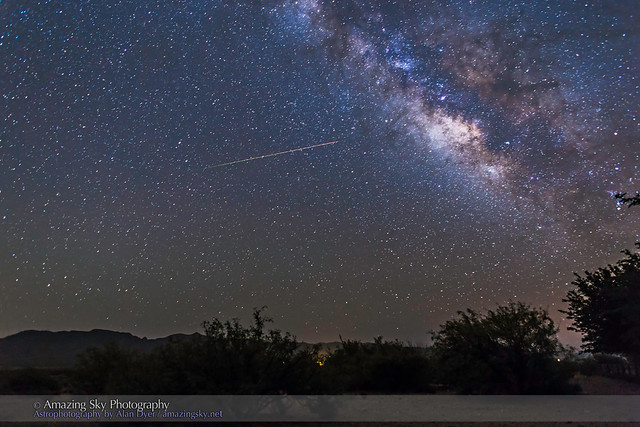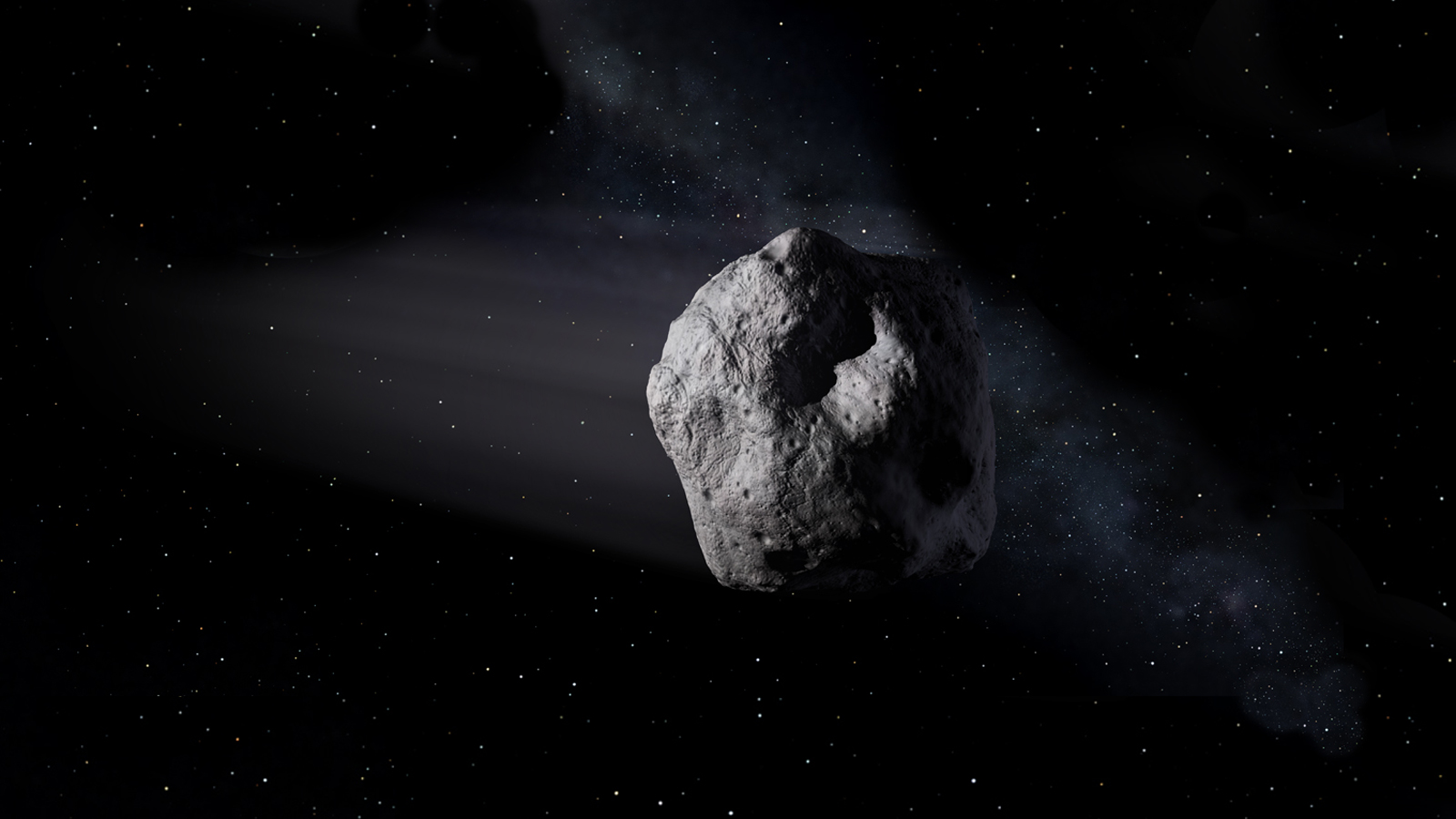Bear Grylls isn’t a climate scientist, but in his travels around the world as an adventurer, survivalist and host of numerous nature shows, he has witnessed firsthand our planet’s changing climate.
This is especially true in a new series Grylls hosts and narrates on the National Geographic channel called “Hostile Planet.” While the show does not focus on climate change per se, it doesn’t shy away from portraying how our world is rapidly changing and how those changes affect various animal species.
Continue reading “Climate Change Q & A with Bear Grylls”


